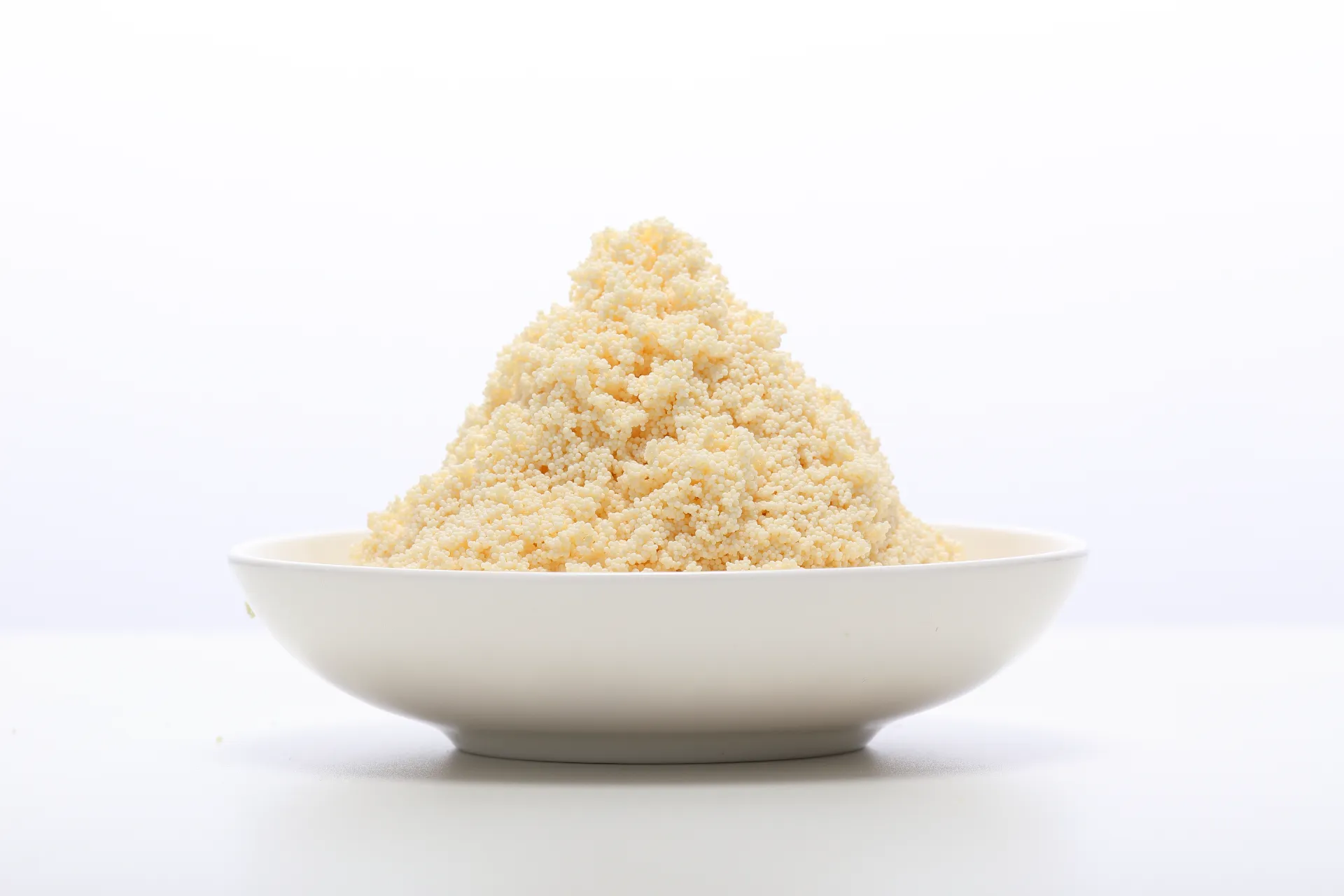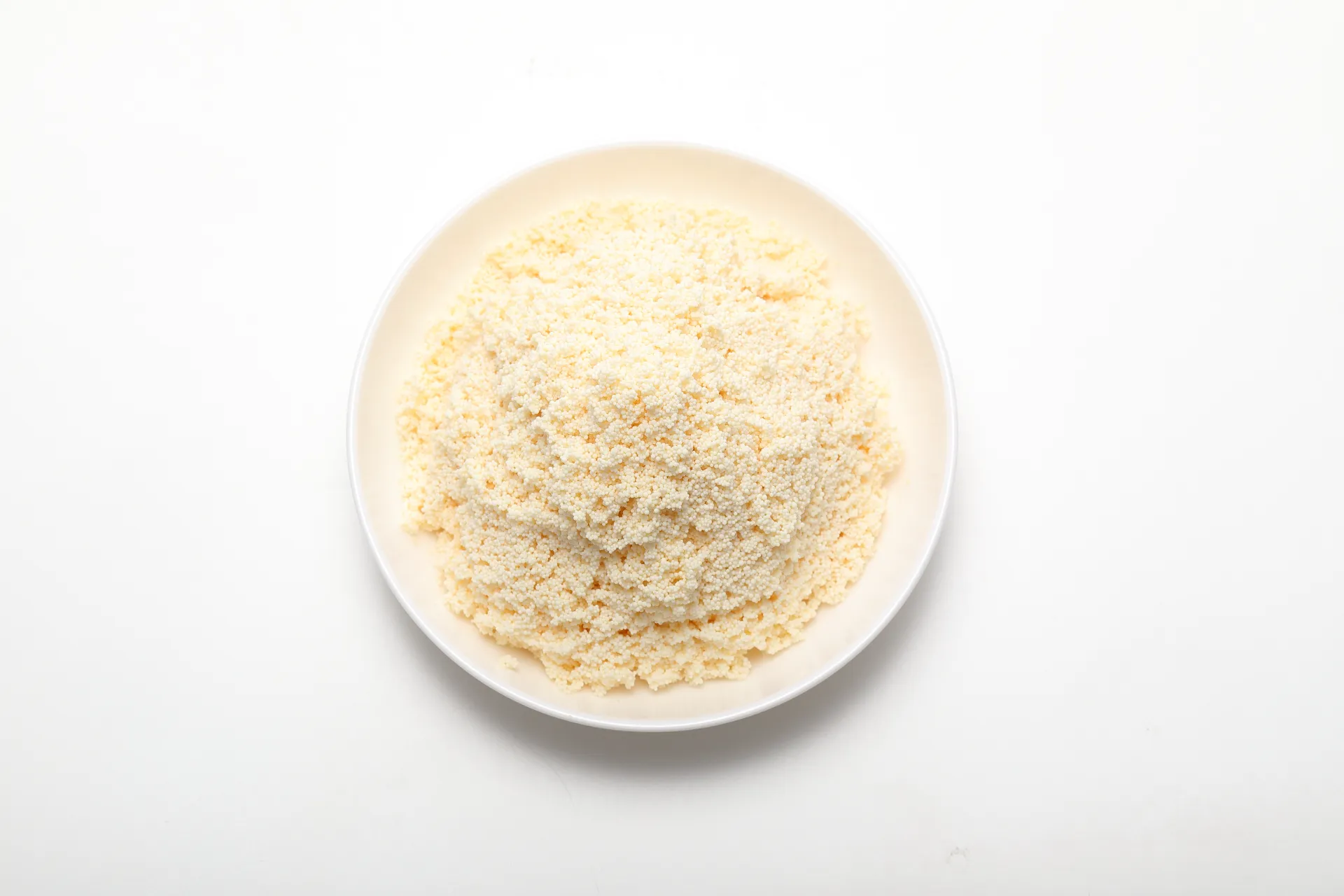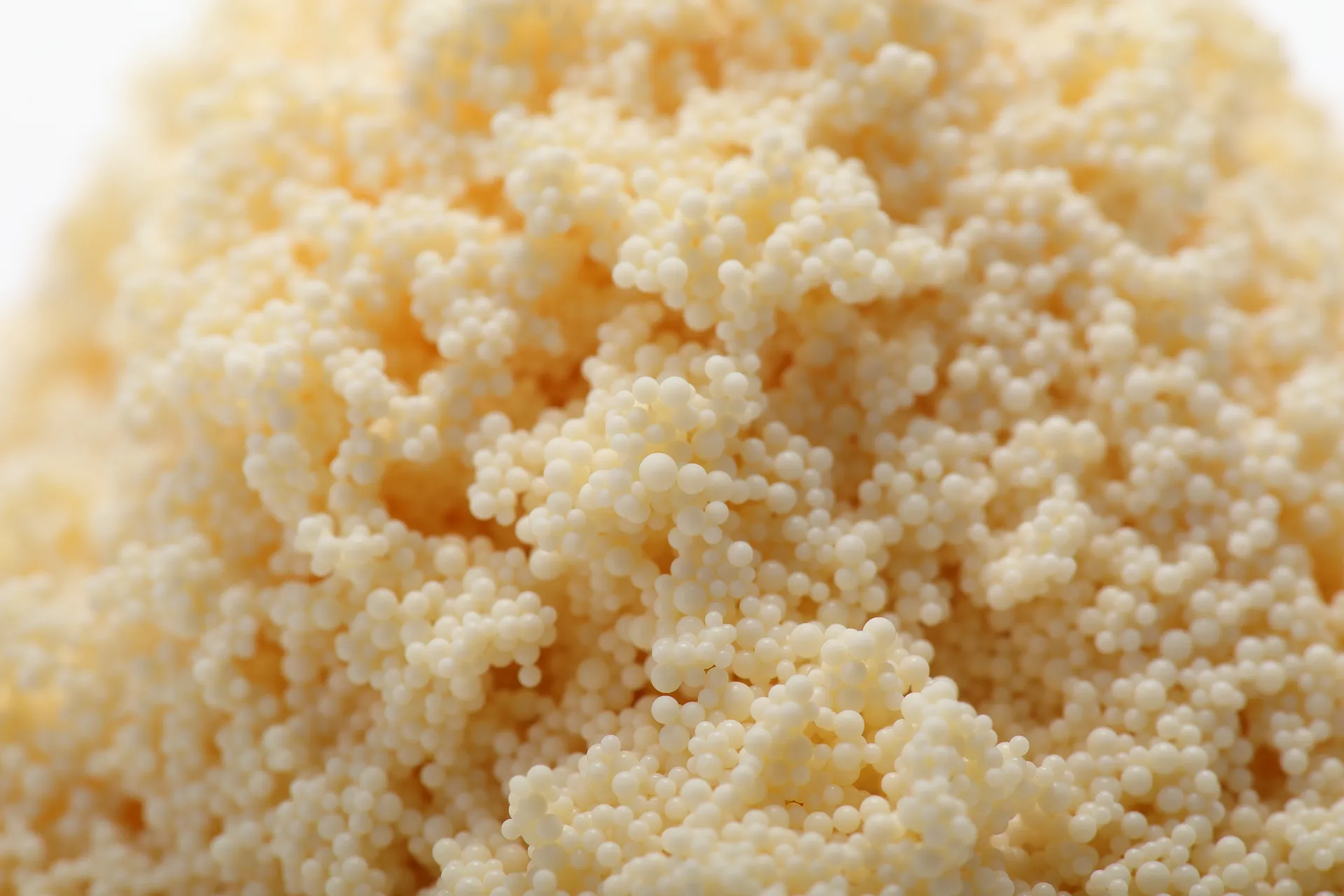Inside the lab: Weak Acid Cation Exchange Resin D113 FC for smarter dealkalization
If you’ve run a boiler or bottling line, you already know alkalinity is the silent budget killer. The D113 FC—an acrylic, carboxylic resin from Hebei, China—has been making the rounds in water rooms lately. To be honest, I was skeptical until I saw the acid savings on a retrofit. In fact, many customers say it behaves “calmly” under variable raw water, which is a big compliment in our world.

What’s trending and why it matters
Industrial users are moving back to Weak Acid Cation Exchange Resin beds for decarbonization before RO or softening. Reason? Lower acid consumption, better CO2 removal, and fewer scaling surprises. Also, sustainability audits now trace regenerant use—WAC resin configurations often score well versus strong-acid-only trains.
D113 FC: quick technical snapshot
| Matrix / Functional group | Macroporous acrylic copolymer, carboxylic (-COOH) |
| Ionic form (as shipped) | H+ (typical) |
| Total exchange capacity (H+) | ≈3.6–4.4 eq/L (real-world use may vary) |
| Moisture content | ≈50–60% |
| Particle size / UC | 0.4–1.2 mm, UC ≤1.7 |
| Operating pH | Service 4–9; chemically resistant ≈0–14 |
| Max temp | H+ ≤120°C; Na+ ≤100°C |
| Shipping weight | ≈720 g/L |
Origin: NO.2 East Jianshe Road, High-Tech Industrial Development South Zone, Wei County, Xingtai, Hebei Province, China.

Where it shines
- Industrial water: removal of bicarbonate/carbonate alkalinity before softeners or RO.
- Metal finishing: partial recovery of zinc/nickel from rinse streams.
- Bioprocessing: gentle separation/purification steps where strong acids are a no-go.
- Beverage & boiler feed: alkalinity trimming to stabilize pH and save acid in downstream CIP.
Process flow that actually works
Materials: D113 FC resin, HCl (4–8%) or H2SO4 (1–2%), dechlorinated water. Methods: backwash (10–20% expansion), service at 5–30 BV/h, counter-current regeneration preferred at 1–3 BV/h, slow rinse then fast rinse to conductivity setpoint. Testing standards: capacity and moisture per ASTM D2187; potable applications may require NSF/ANSI/CAN 61 verification; plant QMS under ISO 9001. Service life: ≈5 years (3–7 depending on oxidants, fouling, and silica/iron control). QA tip: monitor differential pressure and UC after each major cleaning cycle.
Real-world case (short and sweet)
A beverage plant retrofitted D113 FC ahead of RO. With raw M-alkalinity at 180 mg/L as CaCO3, the WAC bed knocked it to ≈25–40 mg/L. Acid use for RO pH conditioning dropped ~30%, and RO scaling alarms all but disappeared. The operator told me, “surprisingly, it’s been boring”—which in utilities-speak is high praise.

Vendor snapshot (approximate, check your datasheets)
| Vendor/Model | Capacity (eq/L) | Lead time | Certs/Notes | Customization |
|---|---|---|---|---|
| Liji D113 FC (China) | ≈3.6–4.4 | 2–4 weeks (typ.) | ISO 9001 facility; NSF/ANSI 61 testing on request (site-specific) | Particle size, moisture window, packaging |
| Amberlite IRC series (global) | ≈3.7–4.2 | Stock/region-dependent | Datasheet-specific NSF options | Standard gradations |
| Purolite WAC (e.g., C104E) | ≈3.6–4.3 | Typical 2–6 weeks | Global regulatory coverage varies | Selected particle ranges |
Values are indicative; always validate against current technical data sheets and your feedwater analysis.
Customization and QA extras
For Weak Acid Cation Exchange Resin systems, I usually ask for: tighter UC if pressure drop is touchy, counter-current regeneration hardware, and a chlorine scavenger upstream (even a small GAC guard). Factory can tune particle cut and moisture—handy for fast-start projects.
Customer feedback and certifications
Feedback trends: “predictable regeneration,” “less acid,” and occasionally “needs better backwash control” on high-silt rivers. Certification-wise, look for ISO 9001 manufacturing; request NSF/ANSI/CAN 61 evidence if water touches food-grade lines. Testing per ASTM D2187 keeps everyone honest.
Bottom line
If alkalinity is your bottleneck, a well-sized Weak Acid Cation Exchange Resin bed like D113 FC is a pragmatic, budget-friendly lever. Not flashy—just effective.
Authoritative citations
- ASTM D2187: Standard Test Methods for Physical and Chemical Properties of Ion-Exchange Resins.
- NSF/ANSI/CAN 61: Drinking Water System Components—Health Effects.
- Water Quality Association (WQA) Technical Application: Weak Acid Cation Resins for Dealkalization.
- DuPont (AmberLite) Ion Exchange Resins Design and Operating Guide, WAC section.
- Purolite Technical Data Sheets for Acrylic WAC (e.g., C104E) – capacity/operating ranges.
Hebei Lijiang Biotechnology Co., Ltd, is a new material manufacturer specializing in the production of high-performance special ion exchange resins.mixed bed resin suppliers It is a modern high-tech enterprise that integrates the research and development,production, sales, and service of resin materials and resin terminal products.ion exchange resin The company is committed to producing high-quality industrial grade, food grade,pharmaceutical grade, and nuclear grade resins.cation exchange resin It has passed ISO9001 management certification,SGS certification, and WQA international certification from the American Water Quality Association, and has obtained a national food hygiene license. Food grade resin products comply with FDA standards in the United States.super blog